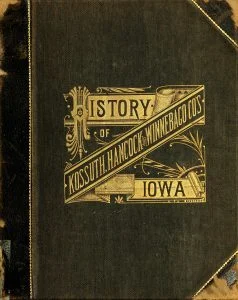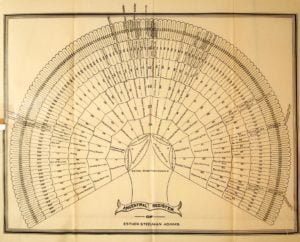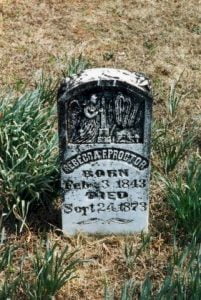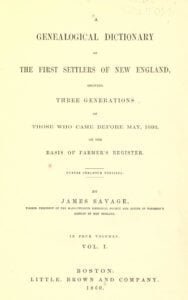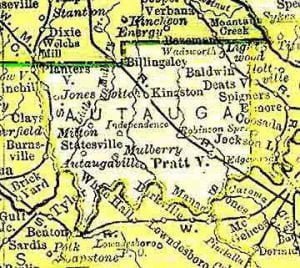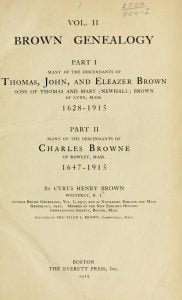Biography of Reverend Samuel Goddard
Mr. Samuel Goddard was born at Sutton, Massachusetts, July 6, 1772. We have no information concerning his early life. His opportunities for education are said to have been scanty. After coming to manhood he was for several years in trade with a brother in Royalston, Mass. Here he married his first wife (Abigail Goddard of Athol, a town adjoining Royalston), and here his older children were born.

